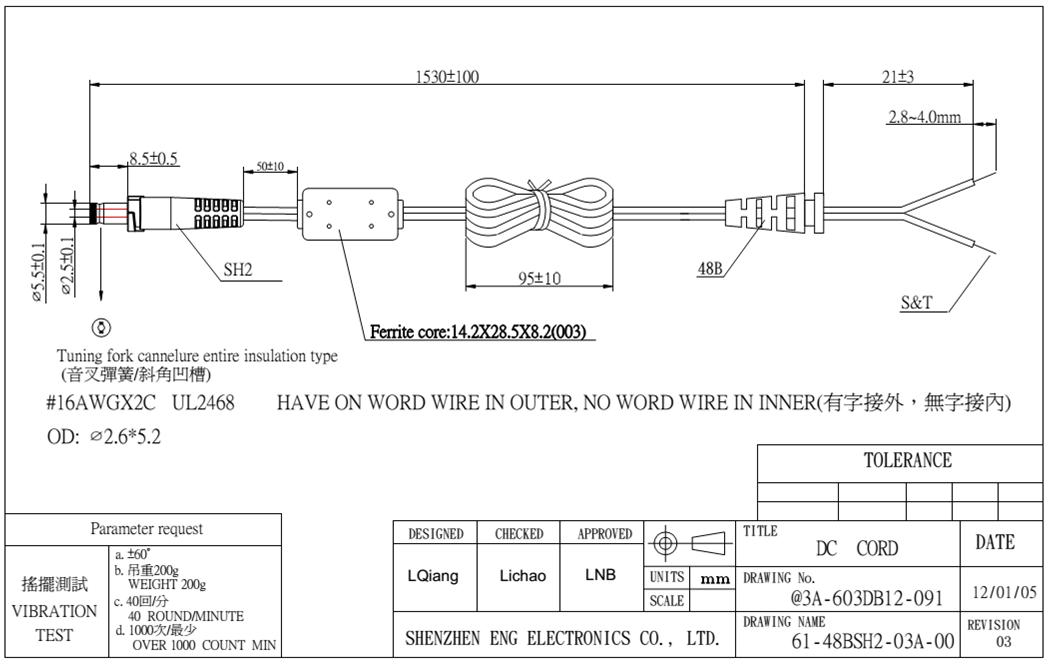FAQ:IPC2
Contents
Hardware
Which power supplies can power the IPC2?
IPC2 bundle comes with external AC/DC wall power supply, providing unregulated 10–15Vdc input voltage range, 12Vdc nominal. However, any power supply able to supply ~60W from 12Vdc source will be fine.
What are power capabilities of IPC2 USB ports?
Each VBUS pair supplied via onboard power switch with current limit settings of 2.1A, meaning either each VBUS capable sourcing up to 1.05A in case two bus powered devices connected, or sourcing 2.1A in case single bus powered device connected.
Digital Display Interfaces
IPC2 features 3 digital display interfaces, 2x HDMI and 1x DisplayPort, capable driving 3 independent displays up to 4K resolution. During boot stage 2 of 3 displays are active, and can be set in BIOS. Default outputs are HDMI1 and HDMI2. When OS has been loaded the third display become operational as well.
Refer to System Agent (SA) Configuration in IPC2 BIOS guide to setup IPC2 display operation
Notes:
- DisplayPort is not multiplexed with HDMI port on the silicon therefore only active adapter will work for DP-to-HDMI conversion
IPC2 serial ports
IPC2 features three RS232 serial ports, one full signal set and two other 2-wire Tx/Rx signals only.
- Port 1 (left): Serial 2-wire com port (SuperIO Controller)
- Port 2 (middle): Serial 2-wire com port (Embedded Controller)
- Port 3 (right): Serial full signal set com port (SuperIO Controller)
Operating notes:
- Operating system can be a factor. We recommend to test the ports under Linux Mint 17 or Windows 7
- The operation can be dependent on devices connected, as the ports are not identical
- The middle port operated by Embedded Controller which is part of Intel architecture and fully under Intel control. It might not support specific devices.
- Usually 2-wire serial interface uses very basic, relatively slow and not too immune communication but it is very simple to use. Not all devices can communicate via 2-wire serial interface.
- The most reliable RS232 serial communication is the one uses full signal set or at least 4-wire, data (Tx/Rx) and flow control signals (CTS/RTS).
Pigtail unterminated DC cable
Pigtail DC cable - unterminated on one end and on the other uses standard 5.5mm x 2.5mm barrel plug with mechanical twist-lock.
Can be used with IPC2, Intense PC, fit-PC4/3 and fitlet computers.
- Order from Compulab accessories
- Order info:
- Compulab PN: 504F010040
- L=150cm, 5.5/2.5 plug diameters, tinned ends, #16AWG
Software
Configure IPC2 boot delay
If IPC2 boot time is too fast (making it access BIOS menu not easy) the user can configure the boot delay (splash screen timeout) and avoid such issues:
- Disconnect storage
- Boot the PC and enter Linux shell
- Type exit and press enter
- Wait until you see Boot Menu
- With Tab move to App Menu and enter Setup
- You’re in the BIOS menu
- Change splash screen timeout: Main -> Boot Features -> Change Timeout time to 2 or 3 (or whatever you like) sec or other
Phoenix BIOS offers one-time boot selection menu by pressing F5 during boot. To make it work user has to make sure Windows Boot Manager is not blocking its operation - it depends if OS installed in Legacy or UEFI mode.
OS in Legacy mode:
1. On computer start clicking F5 will bring you into one-time boot selection menu
OS in UEFI mode:
1. Configure Windows Boot Manager to be the last boot order option
- a. Enter BIOS menu:
- i. If Windows 8 or Windows 10 enter the BIOS from the OS:
- 1. Do steps b, c, d below
- ii. If Windows 7:
- 1. Remove the HDD/SSD storage
- 2. Boot the computer without it
- 3. Once shell appears type exit
- 4. You are in the menu. Click Tab and enter Setup
- 5. Do steps b, c, d below
- 6. Install the HDD/SSD
- i. If Windows 8 or Windows 10 enter the BIOS from the OS:
- b. Go to boot order
- c. Change Windows Boot Manager to be the last in sequence
- d. Save and Exit
2. On computer start Clicking F5 will bring you into one-time boot selection menu
Does IPC2 support pfSense?
pfSense works well on IPC2.
Does IPC2 support VMWare ESXi
ESXi is reported to work on IPC2, however a known issue with I211 NIC driver in ESXi software exist and addressed in few articles:
- "How to add Intel NIC drivers to an ESXi 5.5 ISO"
- "Why upgrading from ESXi 5.5 Update 3b to 6.0 fails"
Note: The issue appeared on both ESXi 5.5 and 6.0 (VMware-VMvisor-Installer-5.5.0.update02-2068190.x86_64.iso).
IPC2 running Windows 7 lack USB3.0 support
- Windows 7 installation media doesn't include native driver support for USB3.0 - Source
- Also, in the IPC2 platform, there's a need to enable xHCI in order to have USB3.0 HW recognized. This will leave the machine without USB2.0 support on all ports and hence there are 2 ways to deal with this:
- Option 1 - Enable xHCI and Install the USB3.0 drivers through remote desktop/any remote desktop app.
- Option 2 - Prepare a bootable media with the USB3.0 drivers implemented (Process described by Intel in the source provided above)
In order to enable xHCI mode on your IPC2 please perform the following:
- Enter BIOS (clicking F2 on Startup)
- Navigate to Advanced --> South Bridge Configuration --> SB USB config
- Set xHCI mode to [Enable]
Links

